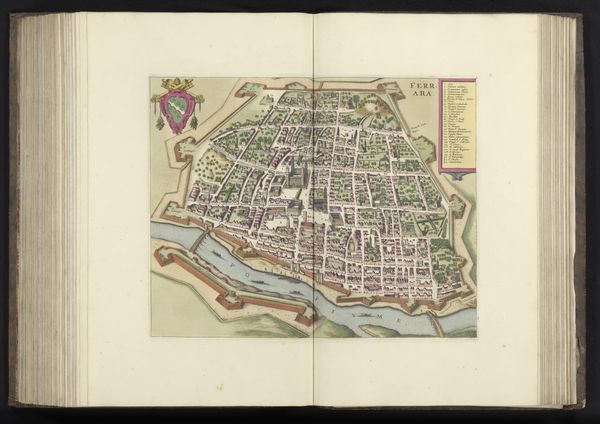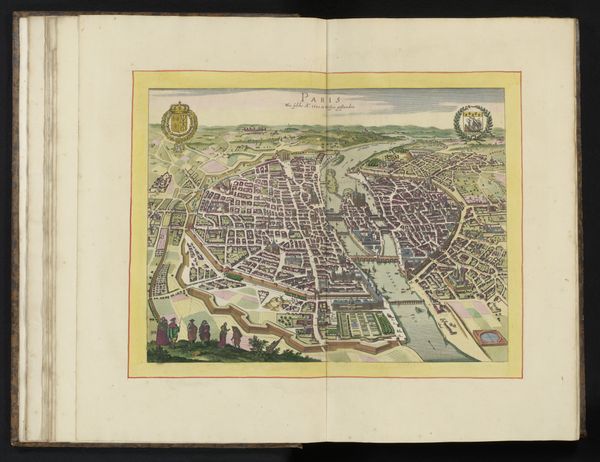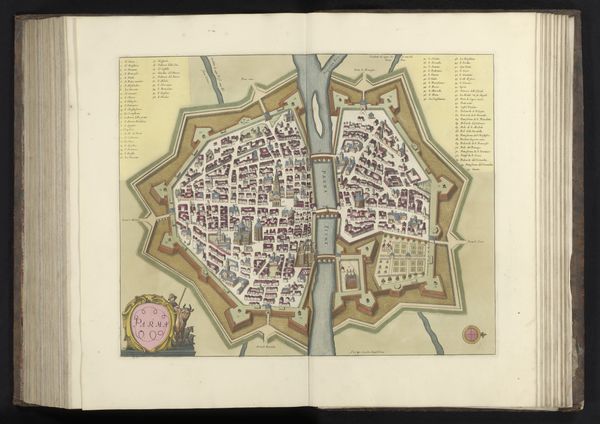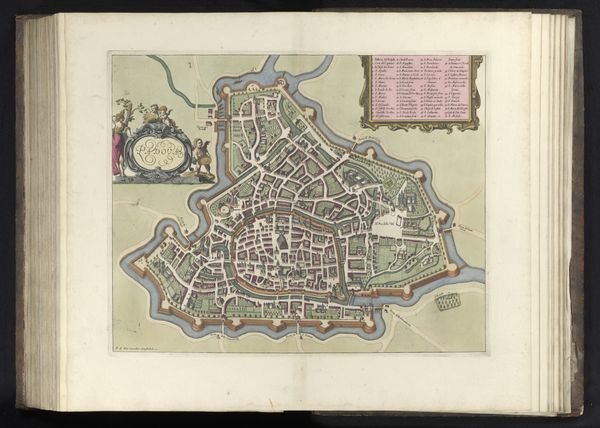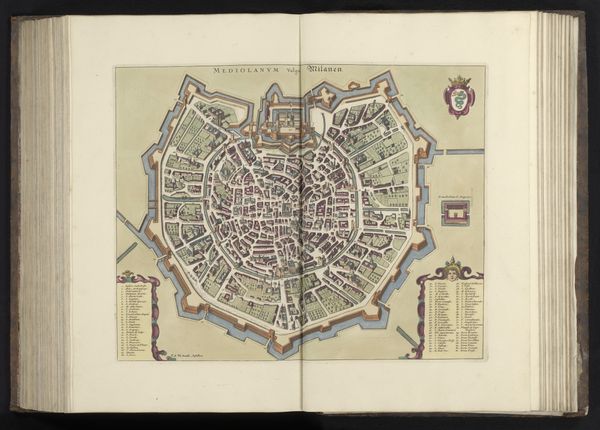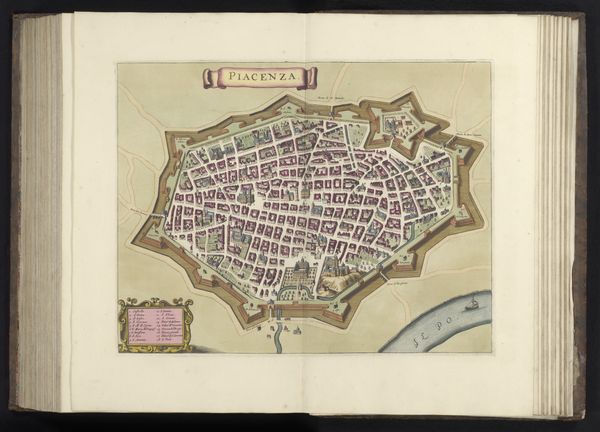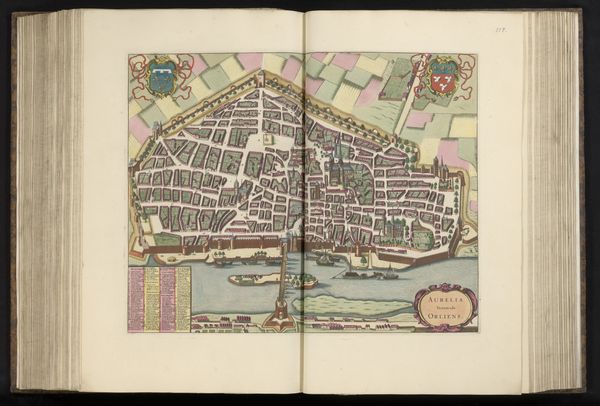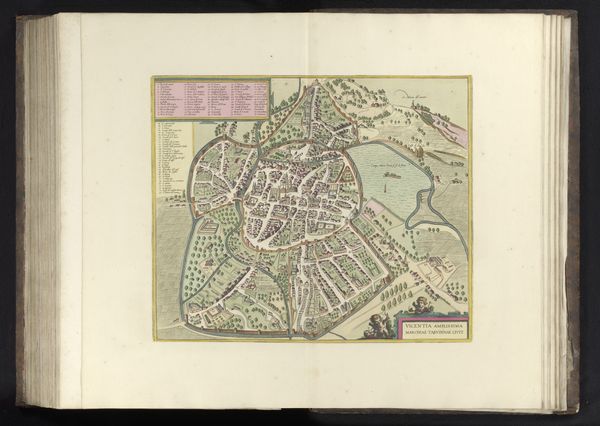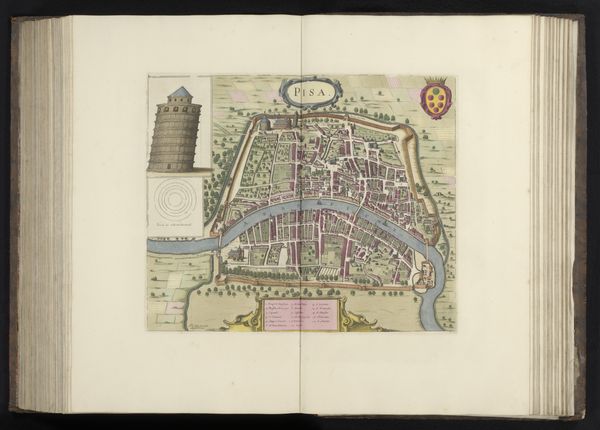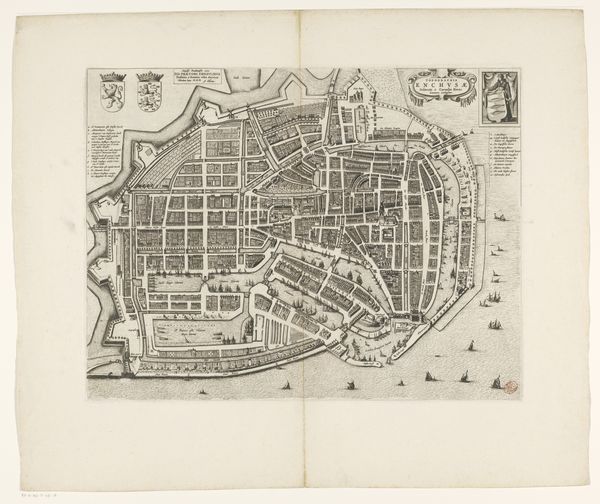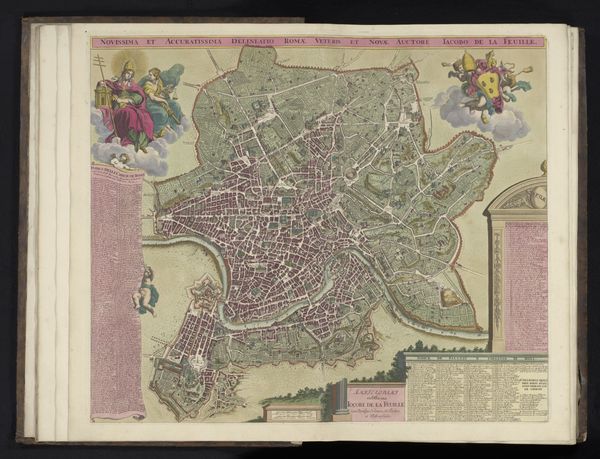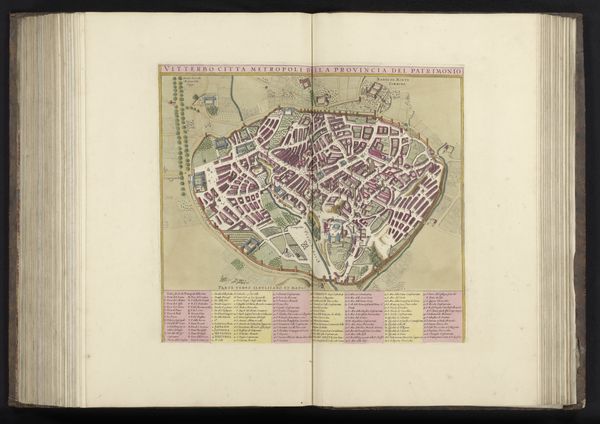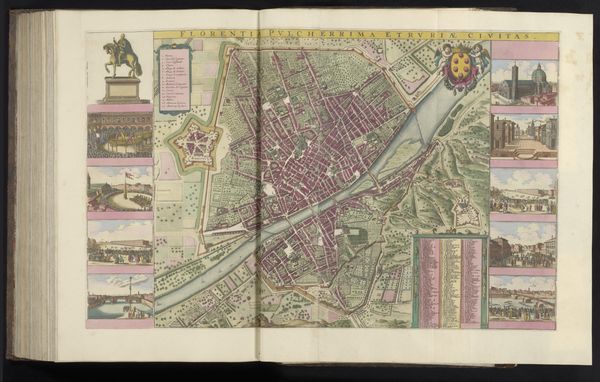
print, engraving
#
medieval
# print
#
cityscape
#
italian-renaissance
#
engraving
Dimensions: height 333 mm, width 448 mm
Copyright: Rijks Museum: Open Domain
Editor: Here we have “View of Pavia in Bird’s-Eye Perspective” by Wenceslaus Hollar, made sometime between 1617 and 1717. It’s an engraving, so a print. I'm really struck by the sheer amount of detail crammed into this image. What’s most interesting to you about this cityscape? Curator: The meticulous detail you mentioned speaks volumes. Hollar's work wasn't just about representation; it was about the *process* of creating this image. Consider the labor involved in producing such a detailed engraving. The social context here is crucial – these cityscapes served not only as aesthetic objects, but also as tools for administration, for power. Editor: Tools for power, how so? Curator: Think about it: accurate city maps were valuable for military strategy, urban planning, and even taxation. It’s not simply about representing the city but *controlling* the narrative of the city. Consider the very act of engraving—a painstaking, repetitive task. What materials would he use to engrave? How was that copper sourced, treated? Where was the printing press, and who operated it? Editor: It’s easy to overlook all the background work involved! Now, what's the link between this print, as a reproducible commodity, and society at large? Curator: Exactly! Engravings like these become relatively accessible compared to unique paintings. The proliferation of these images affects perceptions of Pavia. The image circulates, consumed by many people and enters the cultural mindset. The act of consuming the image in effect produces Pavia. Editor: So the value lies not just in the image itself, but also in the whole system that produces it, the resources, the labor, the circulation and its impact. It definitely encourages a much deeper understanding of its role. Curator: Precisely. And appreciating these elements changes how we understand "art" in the first place.
Comments
No comments
Be the first to comment and join the conversation on the ultimate creative platform.
